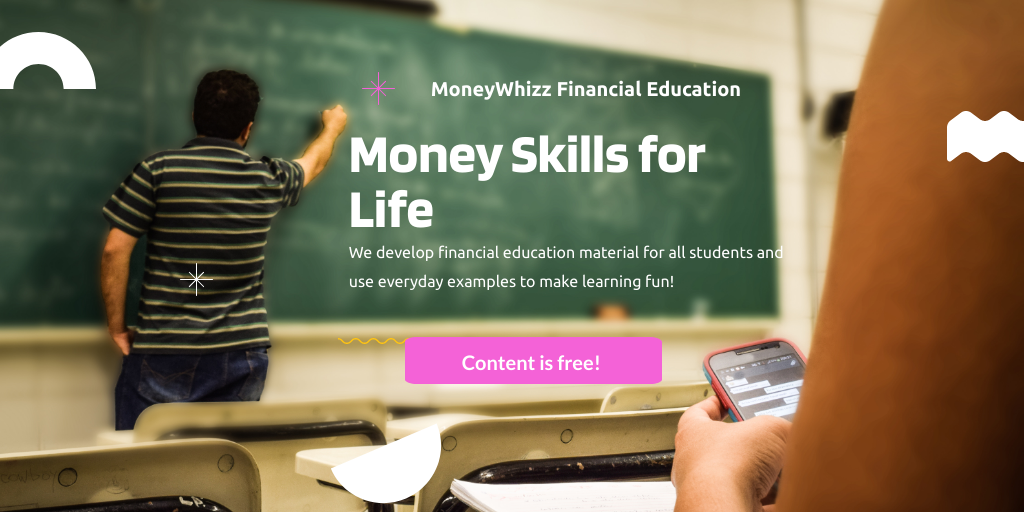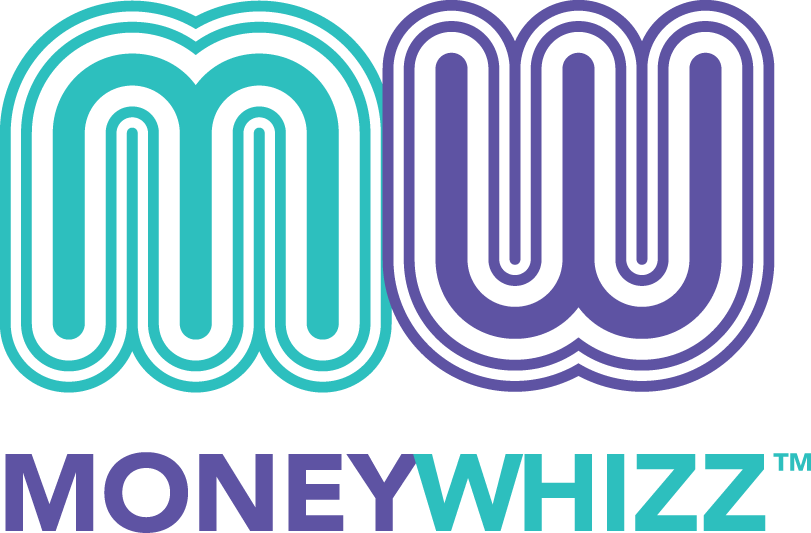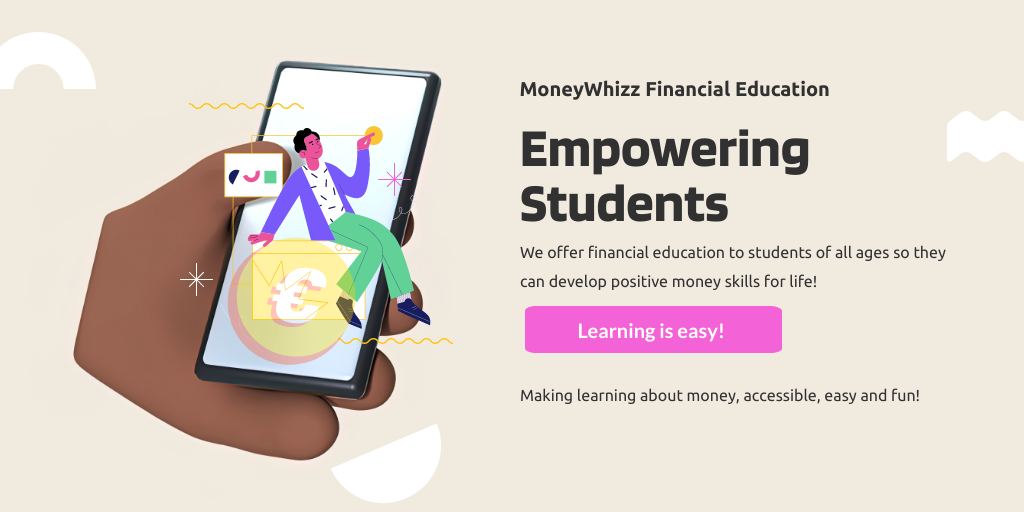The concept of money continues to evolve. Today, we use paper money less and less. So, while students may quickly embrace the new ways of interacting with money, some basic principles continue to apply. For example, there are many more ways to spend than ever but planning, saving, spending, borrowing, and investing rules continue to remain the same.
Money skills that teach students how money works including real-world situations are more important than ever!
MoneyWhizz has developed a scaled financial education framework that is based on the 6 key principles of money:
- Earning and income
- Saving and spending
- Credit and debt
- Investing
- Insurance, risk and protection and
- Financial decision making
All the content is tiered for different age groups, beginning with primary school children and becoming more and more complex as children are older.
When students are in secondary school, they should be provided with a financial education class that gives them basic understanding and knowledge of earning money, paying taxes, setting up a bank account, savings, credit card debt, loan information, investing and financing and personal credit scores.

Why is providing financial education important?
Teaching money skills is important because students need to understand the value of money. This helps them to prepare for the real world and comprehend how much things cost and how to make plans.
At secondary school, knowledge of earning, taxation, investing, saving, spending, borrowing is crucial so that students understand what is at stake when making financial decisions. If we do not provide our students with this basic information, they may struggle later in life with some important decisions that can impact them significantly.
Additionally, as certain aspects of money become more and more abstract because of technological innovation, we need to prepare our students to be more financially savvy. As we live through very challenging times and as more families struggle with the impact of inflation, the objective is to help students understand more and prepare better for life challenges that emerge.
Other Benefits of Teaching Money Skills
Teaching money skills to younger students can bring key parts of the school curriculum to life and they can apply their skills to real-world word problems and activities. Word problems are a necessity in maths, finance and business, and money word problems are a great way to incorporate multi-step word problems. This also supports the reading curriculum because students must read closely to accurately identify the information, they need to correctly situations presented within the various lessons.
Some examples of engaging activities incorporating money skills include planning a holiday and then examining the ways and means of paying for it. This may even include earning some extra money to cover some parts of the cost…or scaling back on the amount spent on the holiday.
As students get older, many of them work part-time jobs. Teaching money skills is also helpful for them as they embark on this journey. In support of this, we examine what information a pay stub provides and why gross income becomes net income once taxes and other deductions are factored in. Plus, this is also an important time to introduce students to some important civics’ lessons, including the ways taxes are used by our government for the benefit of society and within local communities.
The MoneyWhizz financial education programme makes a connection between real world events and personal circumstances. Inflation is a primary example where rising prices means the buying power of money falls…which most students may find interesting.
Managing money as students begin getting paid is also another skill that is needed. Many open bank accounts for the first time and need to be guided how to manage their money and balance their accounts. Students also need to learn at an early age that when they see their parents use a debit card to pay for goods and services, the money that makes this possible needs to come from somewhere.
Teaching money skills is important at every level for multiple reasons.
MoneyWhizz also provides a lot of online resources that can be used to assist in planning engaging lessons and activities for students in addition to their school curriculum.
The most important thing to remember is to make it fun for the students!
Accessing the content and programme
All of the MoneyWhizz financial education material is available at no cost as part of the Bank of Ireland Money Smarts Programme for Secondary Schools. Delivered virtually by a team of Bank of Ireland Youth Coordinators, with the 6 pillars of financial wellbeing front and centre, this award winning and award nominated programme not only includes this vital financial education material, but in addition there are key life skill workshops, activities and events all with the objective of broadening students understanding of financial literacy and more importantly, the freedom this knowledge can bring in making sound financial decisions and the positive impact this knowledge can have on their overall wellbeing.
The jewel in the crown of the programme, the virtual all Ireland Money Smarts Challenge, allows students to take everything they have learned across all programme elements and put it to the test in this fun, interactive financial quiz.
Considered by teachers to be the No. 1 Financial Literacy Programme for Schools*, its value is highly regarded with 100% happy to register again. All information about the programme can be found on Money Smarts | Secondary School Programme | Bank of Ireland http://boi.com/schoolhub
*Money Smarts Programme Survey May 2022 with Secondary School Teachers in Ireland who participated in the Money Smarts Programme.


Comments are closed.